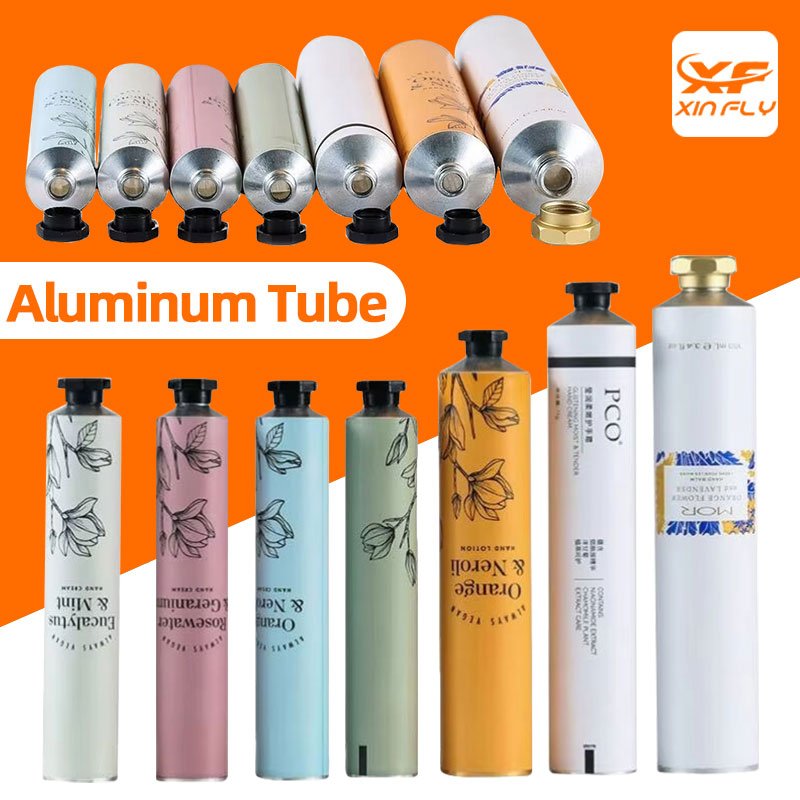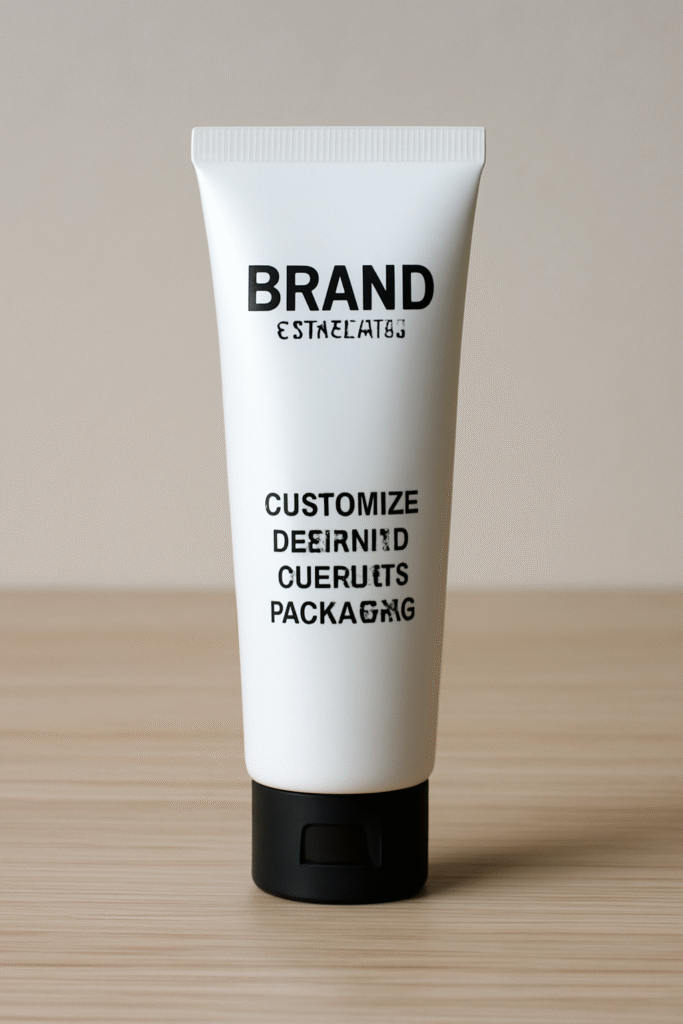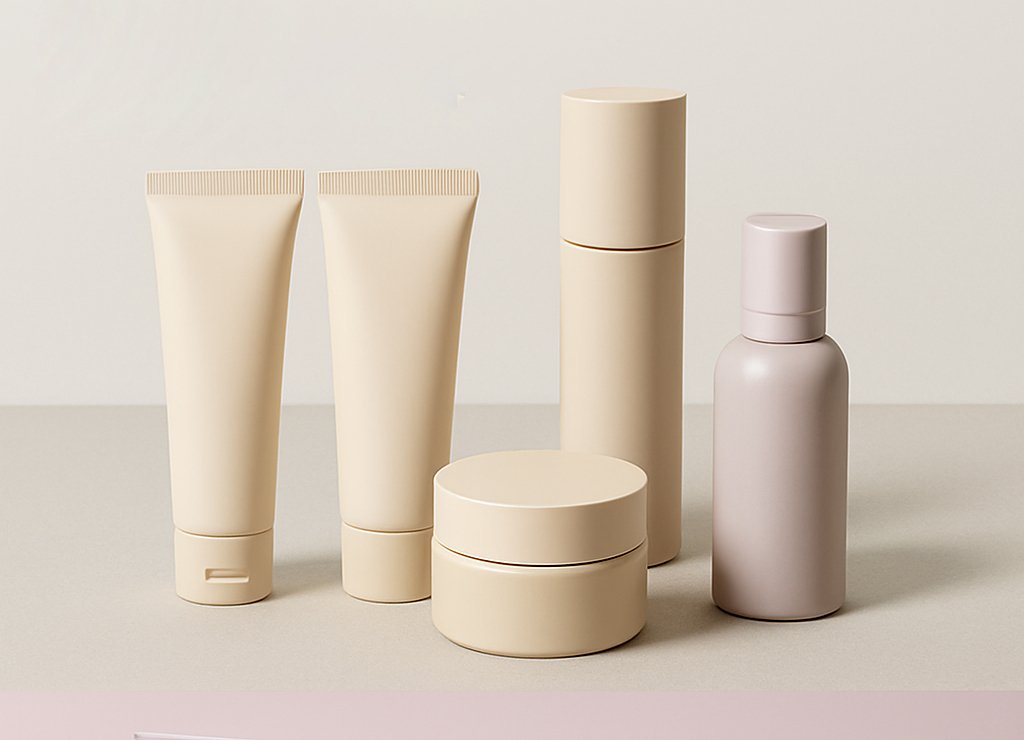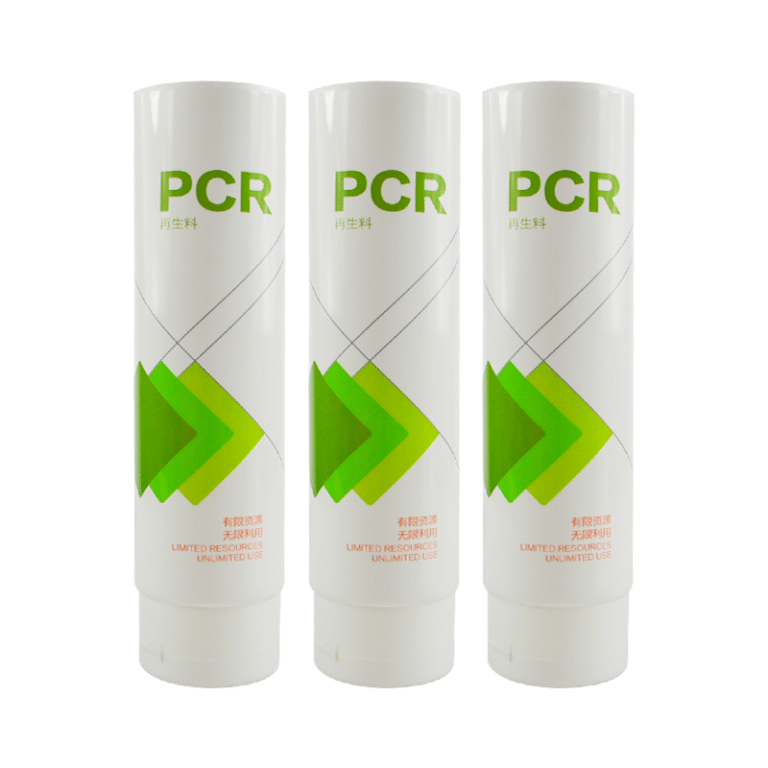How to choose the right material for cosmetic tube packaging?
When selecting suitable materials for cosmetic tube packaging, you need to consider multiple factors, including product properties, intended use, market positioning, environmental friendliness, and cost. The following are some key factors and commonly used material types to help you make the best choice:
1. Product Properties and Ingredients
The type and ingredients of cosmetics determine the packaging material requirements:
- Acidity and Alkalinity: If the product contains acidic or alkaline ingredients, the packaging material must be corrosion-resistant.
- Volatile Substances: If the product contains a strong or volatile liquid (such as perfume or essential oils), the packaging material must have a good seal to prevent odor loss.
- Water-Solubility or Oil-Based: Water-based and oil-based cosmetics have different material requirements. Oil-based cosmetics may require better oil and moisture resistance.
2. Common Material Types
Depending on functional requirements, the following types of tube materials can be selected:
① Aluminum Tube
- Features: It has excellent barrier properties, effectively preventing the ingress of air, moisture, and light, thereby protecting product quality.
- Applications: Widely used in products requiring a long shelf life, such as skincare products and ointments.
- Advantages: Lightweight, recyclable, and offers excellent sealing and oxidation resistance.
- Disadvantages: Compared to other materials, it creases easily and is not as flexible as plastic tubes.Aluminium Collapsible Tubes

② Plastic Tube (PE, PBL)
- PE (Polyethylene) Tube:
- Features: Lightweight, impact-resistant, low cost, and flexible.
- Applications: Suitable for most skincare and shampoo products, with excellent oxidation and moisture resistance.
- Advantages: Highly resistant to pressure and easily recyclable.
- Disadvantages: Not as good as aluminum tubes in terms of barrier properties.
- PP (Polypropylene) Tube:
- Features: More heat-resistant than PE, suitable for use in higher temperature environments.
- Applications: Suitable for some high-temperature processes or temperature-sensitive products.
- Advantages: Corrosion-resistant, suitable for use in higher temperatures, and high hardness.
Disadvantages: Relatively rigid, less comfortable to use than PE.

③ Composite Tubes (Aluminum-Plastic Composite Tubes)
Features: Combining aluminum foil with plastic, it combines the advantages of both, offering the barrier properties of aluminum tubes with the flexibility of plastic.
Applications: Widely used in high-end cosmetics, serums, and more.
Advantages: Good barrier properties, attractive appearance, and relatively durable.
Disadvantages: Relatively high cost and difficult to recycle.
3. Sealing and Anti-Counterfeiting Functions
Sealing: Tube packaging requires a good seal to prevent air contamination and extend shelf life. For cosmetics that are easily oxidized or volatile (such as serums and creams), consider hoses with sealing rings or press-fit designs.
- Anti-Counterfeiting: To prevent counterfeiting and leakage of product information, hoses can be made with anti-counterfeiting labels or coatings to enhance brand protection.
4. Environmental Friendliness
- Recyclability: Choosing recyclable materials such as PE, PP, and PET meets environmental requirements. With increasing consumer awareness of environmental protection, choosing materials that meet environmental standards can also help enhance brand image.
- Biodegradable Materials: Biodegradable materials such as PLA (polylactic acid), while currently less commonly used in cosmetics packaging, are being explored by some high-end brands.
5. Cost Control
Depending on brand positioning and budget, the cost of material selection is also an important factor. Generally speaking:
- Aluminum tubes and Composite tubes are more expensive, but offer better protection and are suitable for high-end cosmetics.
- PE and PP plastic tubes are less expensive and are suitable for brands with bulk products or limited budgets.

6. Consumer Experience
The consumer experience with tube packaging is also crucial:
- Flexibility: The softness of the tube affects whether consumers can easily squeeze the product out.
- Design: This includes factors such as opening size, tube design, and ease of flow control, all of which can influence the user experience.
7. Appearance and Printing
- Print Quality: Choosing the right material ensures clear and easy printing of images and text, enhancing the product’s appeal.
- Gloss: Aluminum and composite tubes typically offer a higher gloss, making the product appear more premium.
Summary:
- If you require high-end, long-lasting protection, aluminum or aluminum-plastic composite tubes are ideal.
- If you’re looking for low-cost, environmentally friendly, plastic tubes such as PE and PP may be more suitable.
- If your product requires transparency and eye-catching, PET tubes offer excellent results.
When choosing the right cosmetic packaging material, it’s crucial to comprehensively consider factors such as the nature of the product, target market, budget, and environmental requirements.






